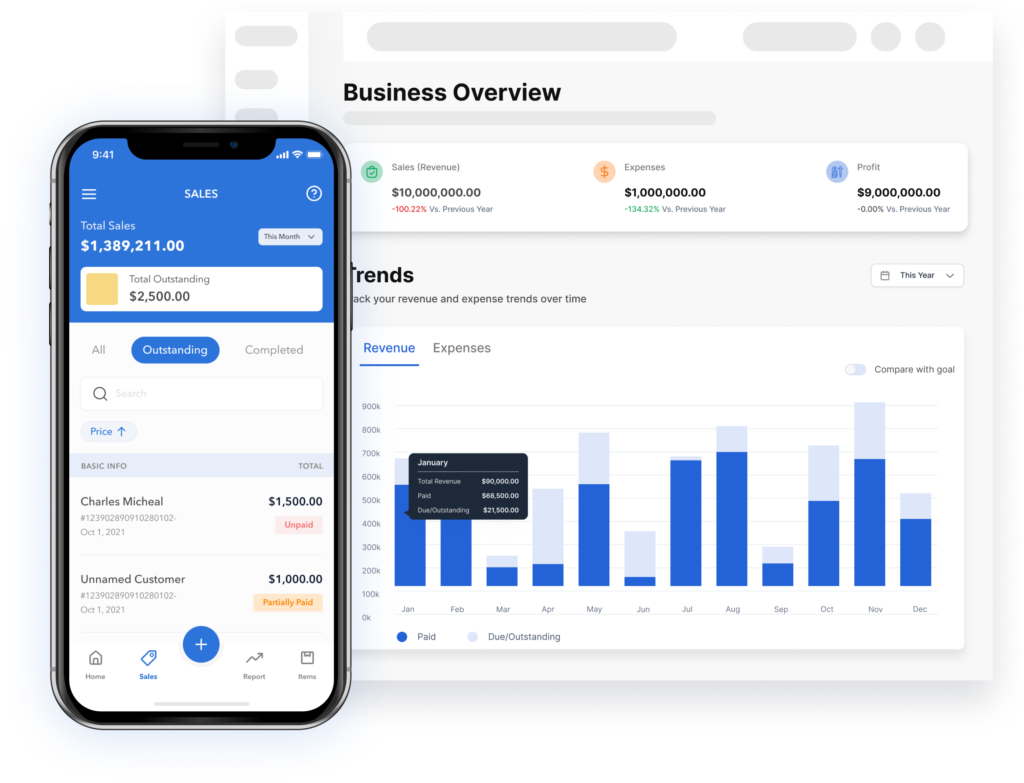

A retail chart of accounts is a systematic and organized list of all the financial accounts that a retail business uses to record its financial transactions. These accounts are categorized into different types, such as assets, liabilities, equity, revenue, and expenses, to help the business track and manage its finances effectively.
Chart of accounts is the foundation of financial management for retail businesses. It enhances financial transparency, enables accurate reporting, supports tax compliance, and aids in making informed decisions. Whether for small clothing stores or large retail chains, a robust chart of accounts is essential for financial success in the retail industry.

A Retail Chart of Accounts is the backbone of your financial record-keeping system. It encompasses every financial aspect of your retail business, efficiently categorizing accounts into five primary types: assets, liabilities, equity, revenue, and expenses. Let’s break down each of these and explore them in the context of retail accounting.
These accounts track everything your retail business owns.
These accounts represent what your business owes to others.
These accounts reveal your business’s net worth
Revenue accounts capture income generated from sales.
These accounts record all the costs associated with running your retail business.
For example, imagine you own a clothing boutique. Your Retail Chart of Accounts will include accounts for cash, inventory (the latest arrivals and classics), accounts payable to your suppliers (those stylish trends don’t come for free), rent for your chic storefront, and wages for your friendly staff.
To help you get started, we’ve provided a sample Retail Chart of Accounts template, which you can find at the end of this guide.
Now, let’s dive deeper into each section of a chart of accounts for a retail business
| Account Number | Account Name | Description |
|---|---|---|
| 101 | Cash | Physical currency on hand |
| 102 | Checking Account | Funds available in your checking account |
| 103 | Savings Account | Funds saved in an interest-bearing savings account |
| 104 | Petty Cash | A small amount of cash kept on hand for minor expenses |
| 105 | Accounts Receivable | Outstanding payments from customers |
| 106 | Inventory (Retail) | Physical stock of products available for sale in your retail store |
| 107 | Inventory (Online) | Physical stock of products available for sale through your online store. |
| 108 | Prepaid Expenses | Payments made in advance for services or goods not yet received. |
| Account Number | Account Name | Description |
|---|---|---|
| 201 | Long-Term Investments | Investments held for more than one year, such as stocks or bonds. |
| 202 | Property | Owned land or buildings used for your retail business |
| 203 | Plant & Equipment | Machinery, fixtures, and equipment used in your store |
| 204 | Vehicles | Any vehicles used for business purposes |
| 205 | Accumulated Depreciation | A contra-asset account that represents the accumulated depreciation of your assets. |
| Account Number | Account Name | Description |
|---|---|---|
| 301 | Accounts Payable (Suppliers) | Amounts owed to suppliers for goods or services received. |
| 302 | Short-Term Loans | Loans payable within one year. |
| 303 | Accrued Expenses | Expenses incurred but not yet paid, e.g., utilities or rent. |
| Account Number | Account Name | Description |
|---|---|---|
| 401 | Long-Term Loans | Loans with a repayment period exceeding one year |
| 402 | Mortgage Payable | Outstanding mortgage on your store property |
| Account Number | Account Name | Description |
|---|---|---|
| 501 | Owner’s Equity | The owner’s initial investment in the business |
| 502 | Retained Earnings | Accumulated profits or losses retained in the business. |
| Account Number | Account Name | Description |
|---|---|---|
| 601 | In-Store Sales | Revenue generated from sales made within your physical retail store. |
| 602 | Online Sales | Revenue generated from sales made through your online retail platform. |
| 603 | Wholesale Sales | Revenue from bulk sales to other businesses or resellers |
| 604 | Sales Returns and Allowances | The value of returned products or customer discounts. |
| Account Number | Account Name | Description |
|---|---|---|
| 701 | Cost of Goods Sold (COGS) – Retail | Costs directly associated with acquiring or producing products sold in your physical store. |
| 702 | Cost of Goods Sold (COGS) – Online | Costs directly associated with acquiring or producing products sold through your online store. |
| 703 | Freight and Shipping | Costs related to transporting goods to your retail location. |
| Account Number | Account Name | Description |
|---|---|---|
| 801 | Rent | Lease payments for your retail space. |
| 802 | Utilities | Expenses for electricity, water, and gas. |
| 803 | Wages and Salaries | Employee compensation, including salaries and wages. |
| 804 | Marketing and Advertising | Costs related to promotional activities. |
| 805 | Insurance | Payments for business insurance policies |
| 806 | Repairs and Maintenance | Expenses for upkeep and repair of your retail space and equipment. |
| 807 | Depreciation Expenses | Allocation of asset costs over their useful life |
| 808 | Office Supplies | Costs associated with office materials. |
| 809 | Miscellaneous Expenses | Other operating expenses not covered above. |

While spreadsheets can work for basic accounting, dedicated retail accounting software like Vencru offers distinct advantages.
In conclusion, a well-structured chart of accounts for a retail business is indispensable for effectively managing your retail business’s finances. With the right tools like Vencru, you can streamline your accounting processes, gain valuable insights, and ensure the financial health of your retail venture. Get started today and experience the difference Vencru can make in your retail accounting journey.
Ready to explore Vencru? Get started here or book a demo
Related Content:
Disclaimer: This article is for informational purposes only and does not constitute financial or legal advice. Please consult with a qualified professional for personalized guidance.